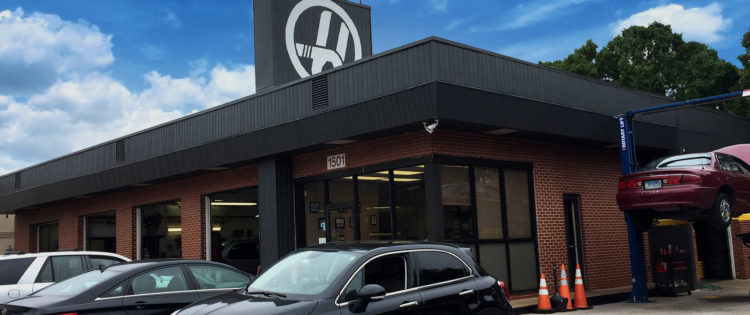
Jetta and Golf platforms by VW
Until the mid 2000’s most entry-level VW models featured the same basic suspension found on the original VW Rabbit. About the only change was from a rear strut suspension to a separate coil spring and shock absorber in the rear. This rear suspension configuration was simple, durable, and easy to repair. Starting in 2006, the A5 platform went to a multi-link rear suspension design that resembles that found on the Ford Focus. Both platforms also have blade-shaped upper control arms and near matching front suspension knuckles. For more information about the VW Jetta or Golf models, continue reading some of the sections below on this page.
The experts at Hollenshade’s in Towson can address most any problems you may experience with your Volkswagen vehicle. Please CONTACT US for an appointment or to ask us a question about servicing your Volkswagen or Audi vehicle.
With a beam axle there is not a lot of adjustment options to optimize the vehicle’s steering and suspension alignment. A trained and experienced mechanic can observe wear patterns in the tires as a gauge of the alignment condition. Corrosion has been reported to build up in the beam axle and it is somewhat common for the bushings connecting the rear axle to the body to fail. Bad bushings cause noise and yield an improper wheel alignment condition resulting in accelerated tire wear.
The VW A5 platform for the Golf, Jetta and Audi TT abandoned the rear beam axle for a multi-link system with trailing and later links. The main wear points are the suspension bushings. As the bushings age, the extra compliance can cause the toe and camber alignment angles to deviate from specification. For this reason the A5 platform has adjustment abilities built into the rear suspension. An eccentric bolt on the upper control arm’s inboard mounting controls the camber. The lower lateral link’s inboard bushing includes an eccentric to adjust the toe.


